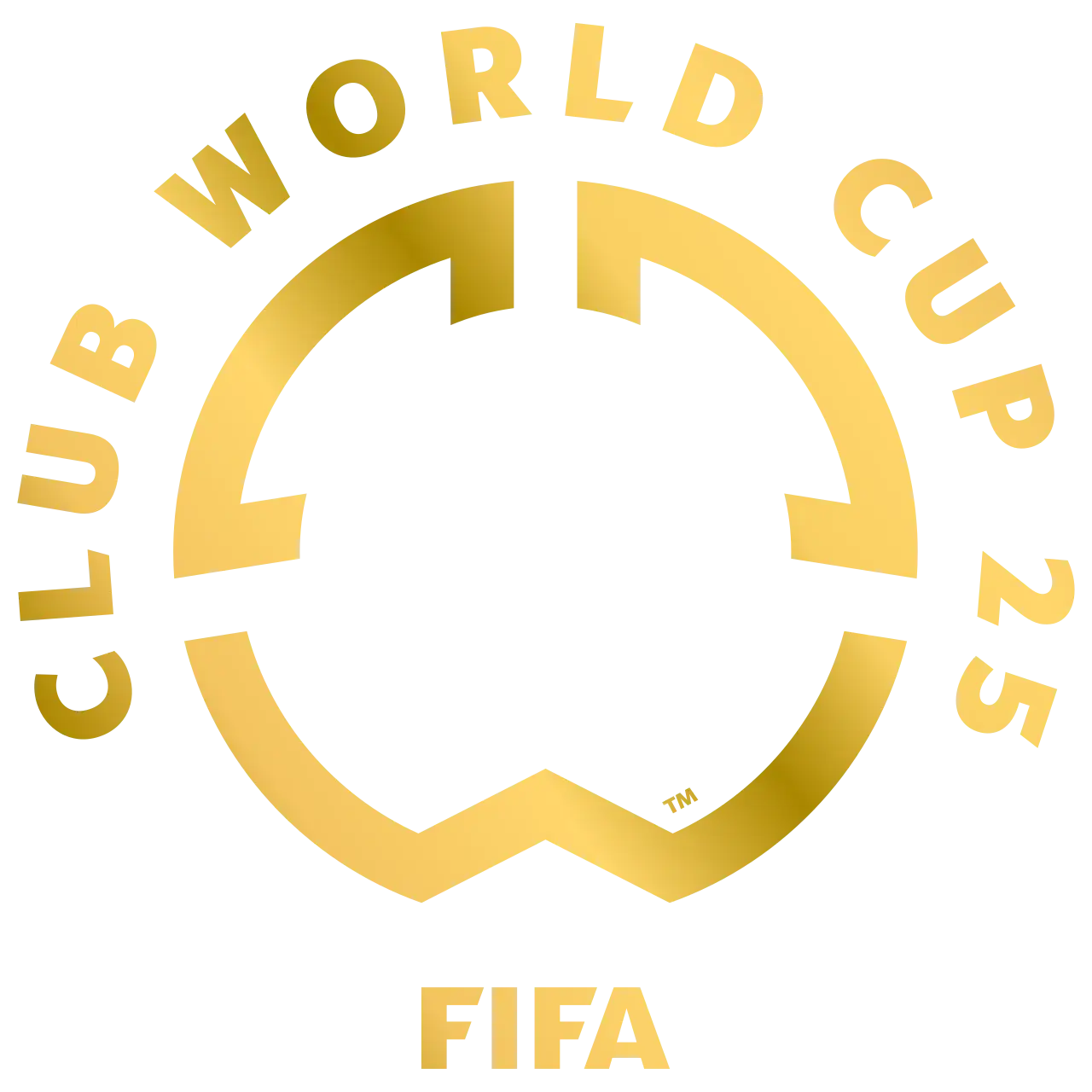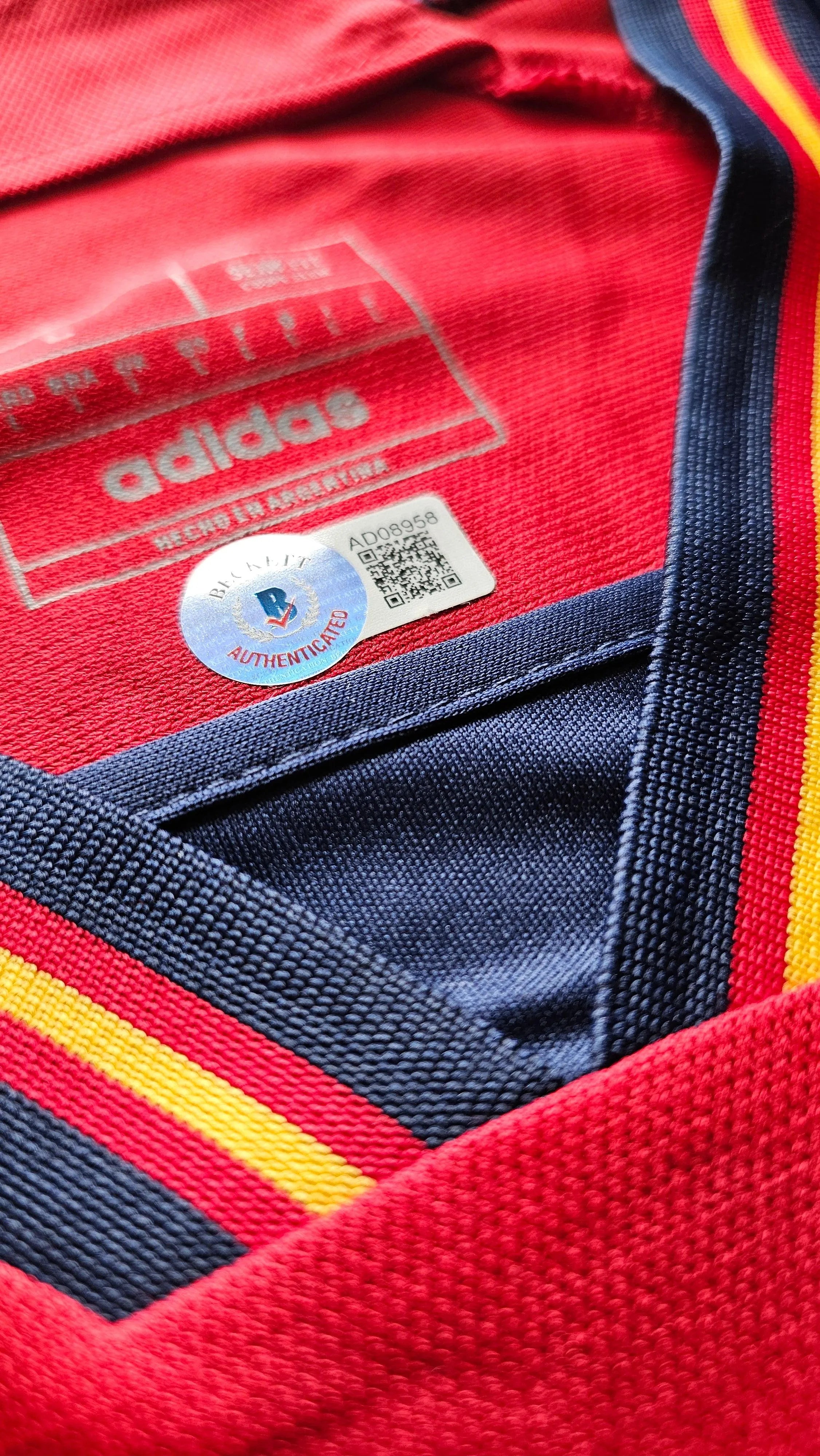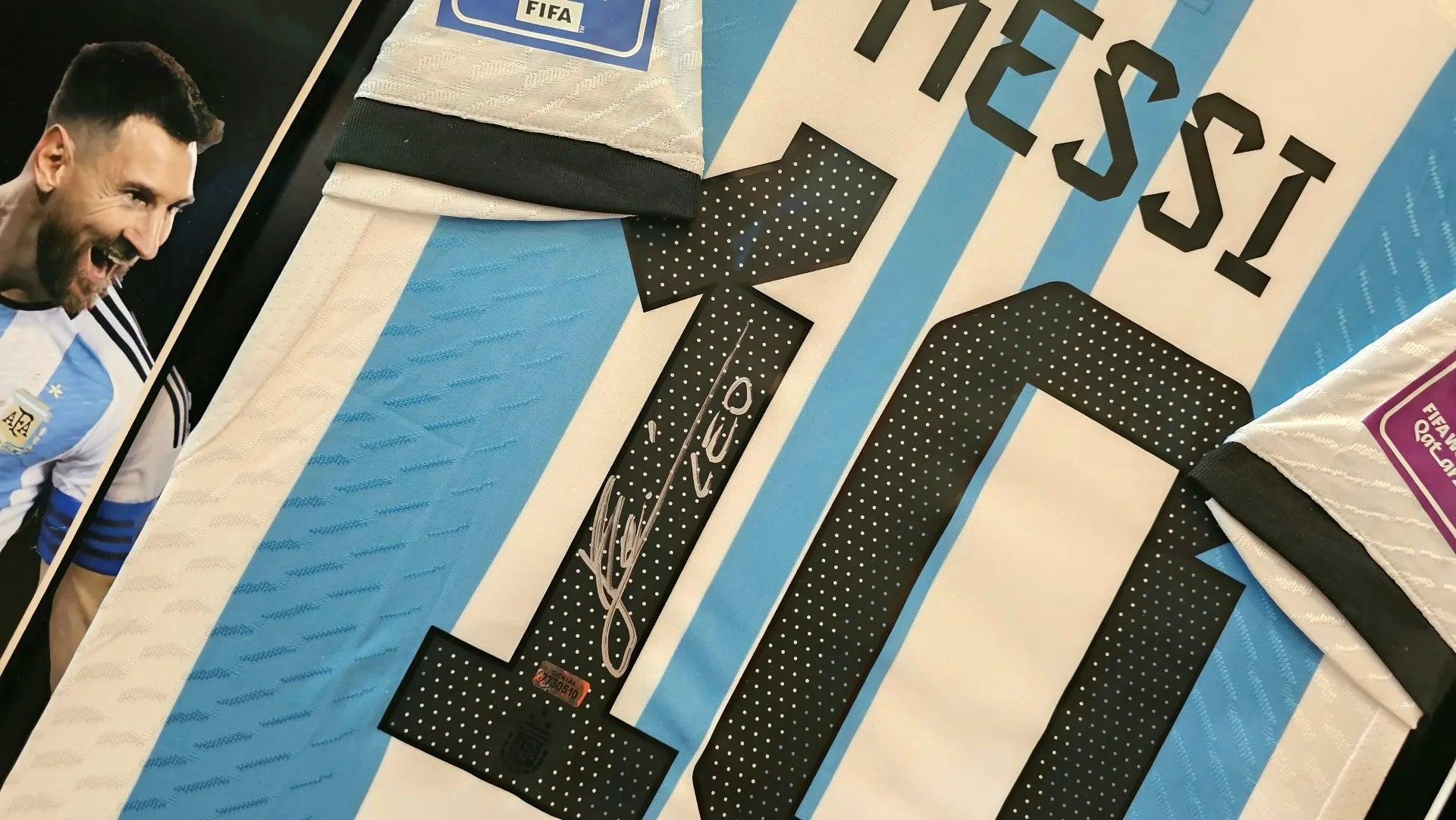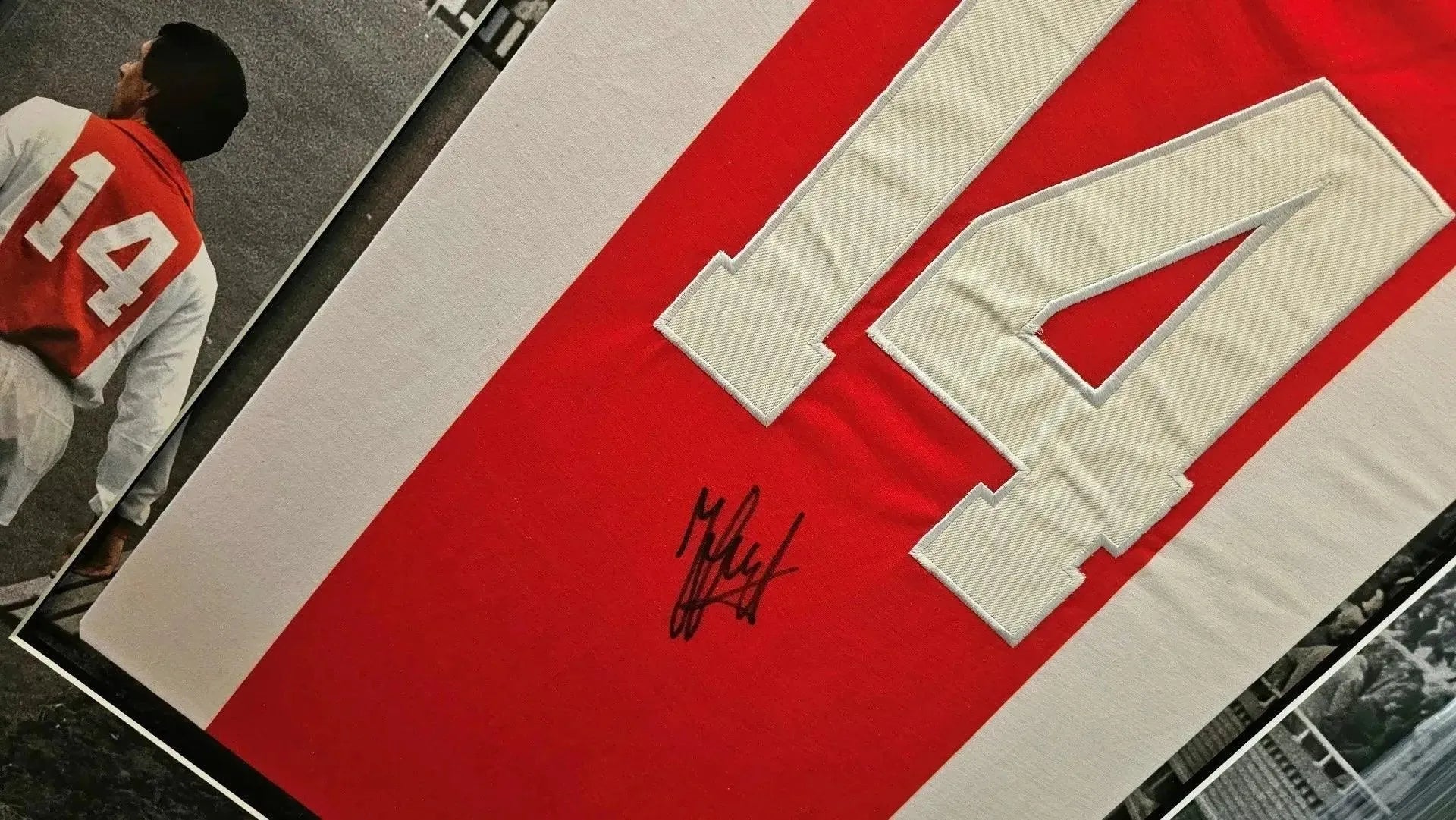2025 FIFA Club World Cup: Expanded Format, Dates, Winners & Highlights

The 2025 FIFA Club World Cup marked a major shift in global football. For the first time, the tournament expanded to 32 teams, moving away from its smaller seven-team format to something that more closely resembles the traditional FIFA World Cup. Hosted in the United States from June 14 to July 13, the event became a true global showcase of club football, spanning 12 stadiums in 11 major cities across the country. This new format gave clubs from every confederation a much larger stage and redefined the significance of the competition, both in terms of prestige and commercial reach.
Qualification for the tournament was based on a mix of recent continental champions and historical club performance from 2021 to 2024. UEFA contributed 12 clubs, more than any other confederation, reflecting European dominance in world football. Clubs like Real Madrid, Manchester City, Bayern Munich, Chelsea, and PSG joined the lineup, while other notable sides from South America, Asia, Africa, and North America filled the remaining spots. The tournament structure placed the 32 teams into eight groups of four, with the top two from each group advancing to the knockout rounds. This setup provided more competitive balance and drama than the old straight-to-semis model.
The final, played at MetLife Stadium in New Jersey on July 13, featured an all-European clash between Chelsea and Paris Saint-Germain. Chelsea delivered a commanding 3-0 victory, securing their second FIFA Club World Cup title. Cole Palmer stood out as the man of the match, showing the kind of decisive talent that shaped Chelsea’s journey through the tournament. PSG’s Désiré Doué received recognition as the best young player, while Chelsea goalkeeper Robert Sánchez was awarded best goalkeeper of the tournament. Top scorers included players like Ángel Di María, Gonzalo García, Serhou Guirassy, and Marcos Leonardo, each scoring four goals during the competition.
Financially, the 2025 Club World Cup was the most lucrative edition in the tournament’s history. FIFA allocated a total prize pool of one billion dollars, with portions distributed among clubs, confederations, and other football development efforts. Broadcast rights were a significant part of the commercial impact. DAZN secured exclusive global coverage and broke new ground by offering the tournament free-to-watch in many countries, shifting away from traditional pay-per-view models. Sponsorship also played a central role, with AB InBev promoting Budweiser and Michelob Ultra throughout the event, including visibility in all player-of-the-match announcements.
Despite the successes, the tournament was not free from controversy. Some critics argued that the expanded format added to an already congested calendar, increasing the risk of injuries and fatigue for top players. Others questioned the merit of certain club inclusions. The participation of Inter Miami, for example, stirred debate, with many suspecting that the move was more about securing Lionel Messi's presence on US soil than purely about competitive qualifications. Concerns also surfaced regarding the sustainability of such a large-scale tournament, especially if it were to be held every four years as FIFA plans.
Still, the 2025 FIFA Club World Cup delivered in terms of global attention, commercial success, and footballing quality. It elevated the status of the competition and brought new energy to the concept of international club football. With a format that encouraged fairer representation and allowed for more meaningful matches, the tournament moved closer to being a true “world championship” for clubs. The next editions will likely build on this momentum, as FIFA continues to push club competitions into new territory with broader appeal and larger ambitions.





